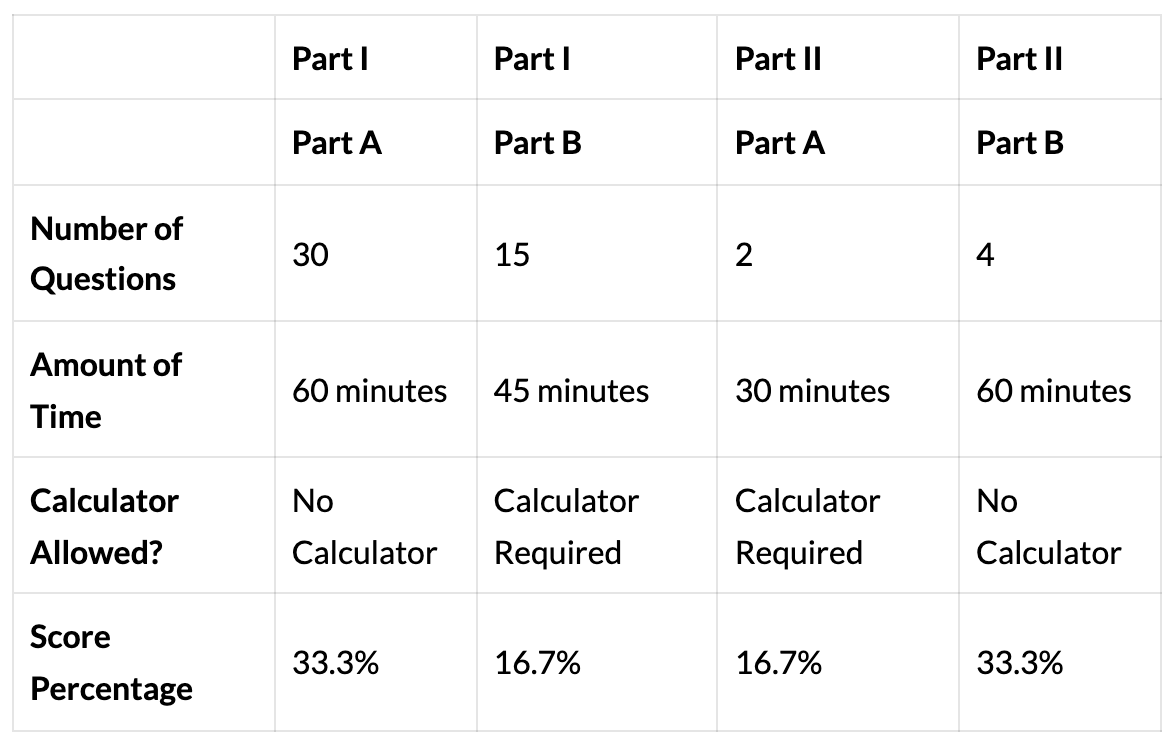Quick links
Updates
MasterChef Calculus auction lot order
Schedule
Tentative schedule for upcoming classes:
- Week of Jun. 9
- Monday, Jun. 9: Newton’s Law of Cooling and forensics (2514/2515)
- Wednesday, Jun. 11: Spare (Unit 10 re-write in 2307)
- Friday, Jun. 13: Spare
- Week of Jun. 16
- Monday, Jun. 16: MasterChef Calculus (2307)
- Wednesday, Jun. 18: Spare
- Friday, Jun. 20: Spare
- Week of Jun. 23
- Monday, Jun. 23: Last class activities (2307)
- Wednesday, Jun. 25: No class (half-day)
Homework
If you are consistently spending more than 1 hour per day on homework, please see me. (Nearly) Every section we cover will have an associated AP Classroom online homework for you to complete by a certain deadline, typically before the next class (or in the case of a test, the class after that). You will also receive paper assignments from Flipped Math to work on. Any additional homework outside of these two will be posted here.
Homework for Friday, December 13:
- 10.1 Q1-37 (odd only, skip 17)
Homework for Monday, September 9:
- Introduction Questionnaire
Exams
Unit 10 final unit test scheduled for Monday, March 24 in-class. You should be proficient in all material contained in Unit 10, though the majority of questions will focus on 10.10-10.15. More precisely, you should be able to:
- Determine convergence or divergence of a series using:
- its partial sums
- geometric series (and know the value of the sum if it converges)
- nth term test
- p-series
- comparison tests
- alternating series test
- ratio test
- absolute convergence
- Apply the AST error bound
- Find and use the Taylor or Maclaurin polynomial of a function
- Apply the Lagrange error bound
- Find the radius and interval of convergence of a power series
- Find Taylor and Maclaurin series of a function
- this includes using known series to generate new series via substitution, addition/subtraction/multiplication/division, differentiation, or integration
Exam weighting: 17.5
NOTE: any material from Units 1 to 9 as well as 10.1-10.9 is also fair game and may be useful/necessary.
Final exam information: 8:00AM, Monday, May 12, 5th floor
 Part I tests are MCQ and Part II tests are FRQ
Part I tests are MCQ and Part II tests are FRQ
Online resources
- The Essence of Calculus YouTube series (brought to you by 3 Blue 1 Brown)
- AP Calculus BC course (Khan Academy)
- Online calculator (WolframAlpha)
- Brachistochrone curve
- Interactive visualization of the Chain Rule
- Optimization problems
- Concavity
- Trigonometry
- DE
- Integration
Practice problems
- Unit 1
- Unit 3-5
- Derivative practice (not comprehensive, answers included)
- Unit 6
- Unit 7
- Unit 8
- Unit 10
- Mini-maths
- Mini-math for September 13 (6.1-6.3) (Solutions)
- Mini-math for September 27 (6.4-6.14) (Solutions)
- Mini-math for October 25 (7.1-7.5) (Solutions)
- Mini-math for October 30 (7.6-7.9) (Solutions)
- Mini-math for November 22 (8.1-8.6) (Solutions)
- Mini-math for December 4 (8.7-8.13) (Solutions)
- Mini-math for January 10 (9.1-9.6) (Solutions)
- Mini-math for January 22 (9.6-9.9) (Solutions)
- Mini-math for February 14 (10.1-10.9) (Solutions)
- Mini-math for March 19 (10.10-10.15) (Solutions)
Challenges
Calculus-based:
- Unit 1: A weird limit - Find an example of a function whose limit at 0 from the right DNE.
- Unit 1: Continuous nowhere - Does there exist a function which is continuous nowhere?
- Unit 1: Continuous on the irrationals - Does there exist a function which is continuous only on the irrationals?
- Unit 1: Continuous on the rationals - Does there exist a function which is continuous only on the rationals?
- Unit 2: Continuous but not differentiable - Does there exist a function which is continuous everywhere but not differentiable infinitely often?
- Unit 2: Differentiability for piecewise - Prove you can use derivatives from the left and right to determine differentiability for piecewise functions.
- Unit 3: Continuous but nowhere differentiable - Does there exist a function which is continuous everywhere but differentiable nowhere?
- Unit 6: An integral - Evaluate this integral.
- Unit 6: Integration by parts - Evaluate this integral using integration by parts.
- Unit 6: Coefficients in a partial fraction decomposition - Why are we allowed to use values of x for which the original expression is undefined?
- Unit 6: An improper integral - Evaluate this improper integral.
- Unit 7: division by 0 in separation of variables - Find an example where you have to be more careful about separation of variables
- Unit 9: bat curve - Find a function whose graph matches mine
- Unit 10: A Challenging Series - Find the exact value of this non-geometric series
- Unit 10: Sparse Harmonic Series - Show that if we remove certain terms from the harmonic series, we get convergence
- Unit 10: Divergence Test II - Prove that even if n times the summands do not converge to 0, then the series divereges
- Unit 10: Sum of Product - Prove that the product of summands from convergent series is convergent
Assorted: